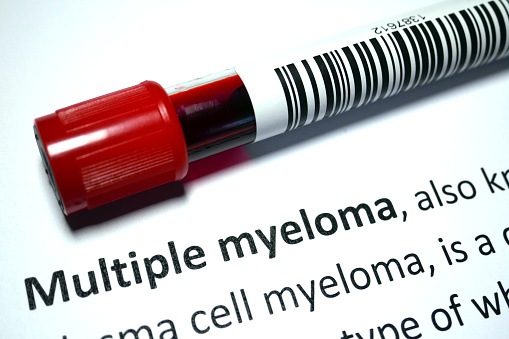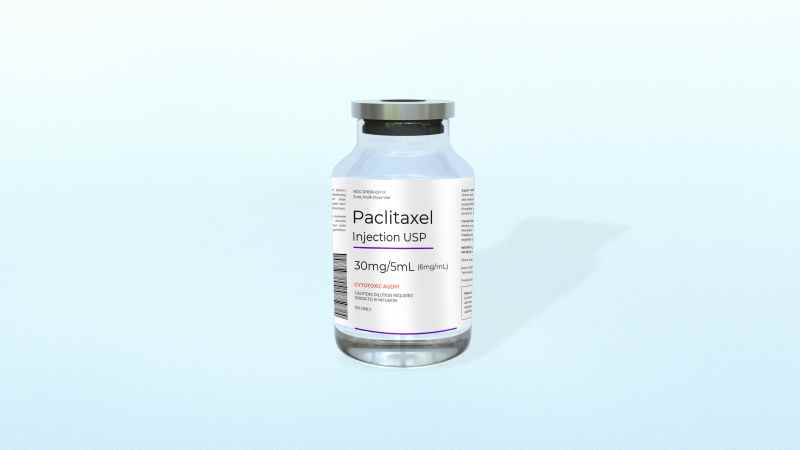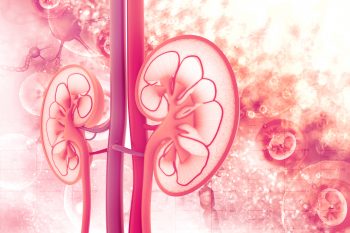
An analysis of 2-year outcomes from the EMPOWER-Lung 3 Part 2 trial found that cemiplimab plus platinum-doublet chemotherapy as a first-line treatment led to improved outcomes in patients with non-small cell lung cancer (NSCLC) compared with chemotherapy, including in subgroups with locally advanced disease or liver metastases. These findings were presented as a poster at the Hematology/Oncology Pharmacy Association Annual Conference 2024.
EMPOWER-Lung 3 Part 2 is a phase 3 study that compared first-line cemiplimab plus platinum-based chemotherapy versus chemotherapy in 466 patients with advanced NSCLC. In the primary analysis, the cemiplimab regimen demonstrated clinically meaningful and statistically significant improvements in overall survival (OS), progression-free survival (PFS), objective response rate (ORR), and duration of response (DOR) at the 16.4-month follow-up. In that analysis, the median OS was 21.9 months in the cemiplimab group compared with 13.0 months in the chemotherapy group (hazard ratio [HR], 0.71; 95% CI, 0.53-0.93).
For the follow-up analysis, the median duration of follow-up was 28.4 months. Compared with chemotherapy alone, cemiplimab plus chemotherapy continued to show significantly improved OS and PFS at the data cutoff. Median OS was 21.1 months (95% CI, 15.9-23.5) and 12.9 months (95% CI, 10.6-15.7) in the cemiplimab and chemotherapy-only groups, respectively (HR, 0.65; 95% CI, 0.51-0.82; P=.0003). Median PFS was 8.2 months (95% CI, 6.4-9.0) and 5.5 months (95% CI, 4.3-6.2), respectively (HR, 0.55; 95% CI, 0.44-0.68; P<.0001). The cemiplimab plus chemotherapy regimen also led to a significantly higher ORR (43.6% vs 22.1%; odds ratio [OR], 2.82; 95% CI, 1.80-4.41; P<.0001) and longer DOR (median, 16.4 vs 7.3 months) compared with chemotherapy alone.
Patients with locally advanced NSCLC also showed an OS and PFS benefit with cemiplimab compared with chemotherapy alone. In this subgroup, the HR for mortality with cemiplimab was 0.50 (95% CI, 0.27-0.95; P=.0293) and the HR for disease progression was 0.34 (95% CI, 0.19-0.61; P=.0002).
Seventy patients presented with liver metastases at baseline. In this subgroup, a relative benefit was observed for OS, PFS, and ORR with cemiplimab plus chemotherapy. Treatment with cemiplimab led to an OR for tumor response of 3.64 (95% CI, 0.86-15.29), an HR for mortality of 0.65 (95% CI, 0.35-1.20), and an HR for disease progression of 0.66 (95% CI, 0.37-1.16).
Safety results at the 2-year follow-up were similar to what was found in the original analysis, the authors reported. Grade ≥3 treatment-emergent adverse events (AEs) occurred in 49% of the cemiplimab plus chemotherapy group and 33% of the chemotherapy-only group. Rates of AEs leading to death or treatment discontinuation were low in both groups.
“These data from the longer-term follow-up and exploratory analyses provide further evidence to support the use of cemiplimab plus platinum-doublet chemotherapy as a first-line treatment option for patients with advanced squamous and nonsquamous NSCLC and address an unmet clinical need for patients with unresectable locally advanced NSCLC who are not candidates for concurrent chemoradiation, as well as those with advanced NSCLC who have liver metastases at baseline,” the authors concluded.
Reference
Makharadze T, Gogishvili M, Melkadze T, et al. Cemiplimab plus chemotherapy versus chemotherapy in advanced non-small cell lung cancer (phase 3 EMPOWER-Lung 3 Part 2 trial): 2-year follow-up data. Poster. Presented at the Hematology/Oncology Pharmacy Association Annual Conference 2024; April 3-6, 2024; Tampa, Florida.







 © 2025 Mashup Media, LLC, a Formedics Property. All Rights Reserved.
© 2025 Mashup Media, LLC, a Formedics Property. All Rights Reserved.